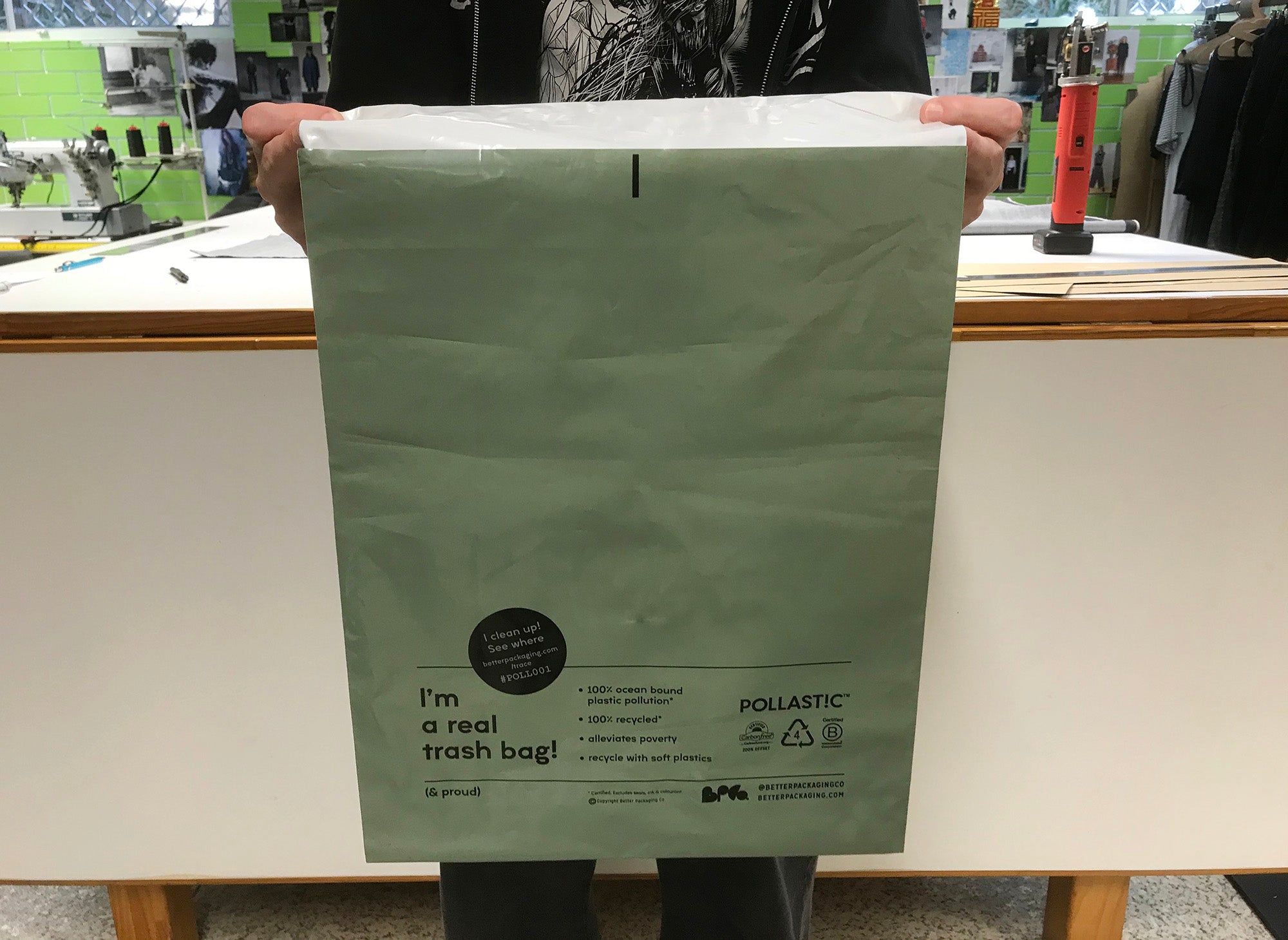Recycled Ocean Plastic V Compostable: A Packaging Update
•Posted on July 07 2022

With the increasing number of packaging options available, we always like to keep up to date with new products in terms of their sustainability and have recently decided to make some changes.
Sustainability is not an endpoint, there's always room to improve, so we are regularly having discussions with friends and customers about recycling and composting in particular (luckily we are surrounded by people that are excited about such things!). We have been taking note about certain topics, like what people find breaks down easily (or doesn't) and what types of packaging they actively reuse or recycle, to help inform the choices we make here.
Our current compostable packaging is free of any virgin plastic and works well in home composts and worm farms (being told they break down quickly by a few people as well as successfully testing them in our worm farms and compost bin), but we did start to wonder how many people actually have access to composting facilities. Some customers were honest to reveal what we started to think, the biodegradable packaging did routinely end up in landfill.

The two worm farms we have along with a compost bin means all our organic waste (plus biodegradable packaging), can be processed on site and then goes back into the garden as fertiliser.
With the high humidity throughout last summer in Brisbane we started to notice our shipping labels were not quite sticking as firmly to the biodegradable parcels as we liked, so were using extra tape to stick them down just to be safe. While the plant based plastics often have a bit of a funny 'floury' feel if you've used them before, we did notice they had a bit more of a 'sticky' feel than normal in the humidity.
Were there better options available now?
Sarah had been in touch with the Better Packaging Co when we first started looking at compostable packaging options, though we ended up using another option with no PBAT added (this is a virgin plastic that is biodegradable and currently added to most biodegradable plant based plastic products). The Better Packaging Co were the most transparent about the components in their products, which we really respected, and they had been keeping us in mind for any new products that would be a good match.
Enter our new POLLAST!C packaging

We were immediately interested when we saw the information about the new POLLAST!C packaging mostly because it is made from 100% ocean bound plastic. Some 8 million tons of plastic enter our ocean every year and this issue is something that attracted us to regularly donate and support the work of the Australian Marine Conservation Society for a number of years now. So a product that was removing plastic pollution before it reaches the ocean AND recycling it was a great initiative.


As a bonus the product details were rigorously backed up by being blockchain verified, but also being carbon negative by offsetting twice the value of their calculated impact. In terms of our end use, the fact that they are waterproof, durable, reusable and recyclable meant it ticked all the boxes for us to change to new packaging. We decided to use the sage green satchel option and will start using them to send our orders next week. We will be interested to hear how they survive the post and what you think, so do let us know by contacting us here or sending Sarah a message on instagram.


If you like to read more of these type of journal entries or share your experience about composting or biodegradable packaging, be sure to let us know by adding a comment below.
Thanks for reading,
Jason
Comments
0 Comments
Leave a Comment